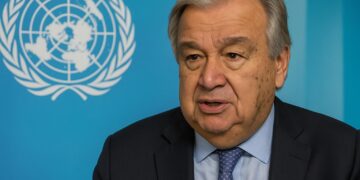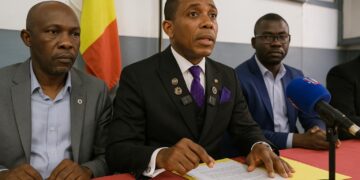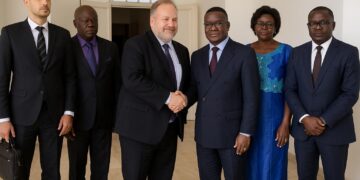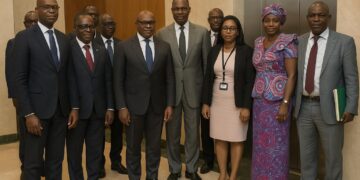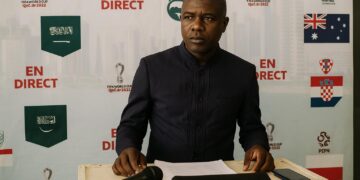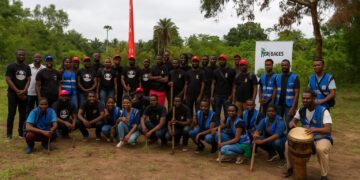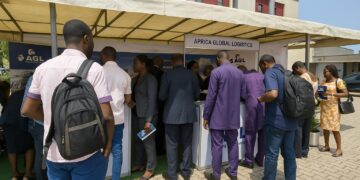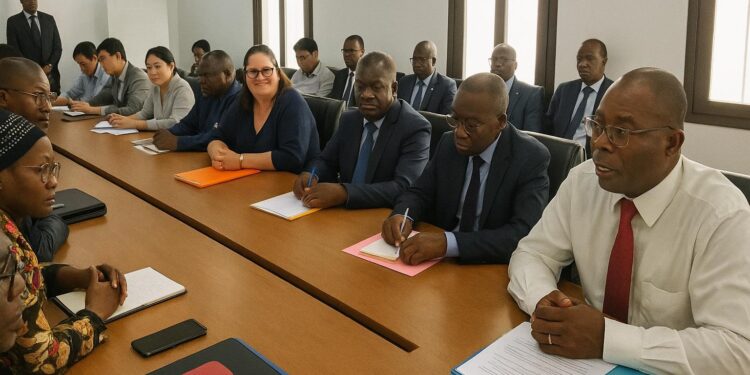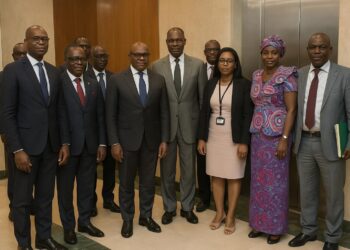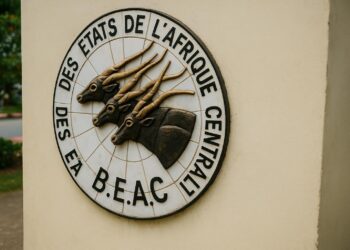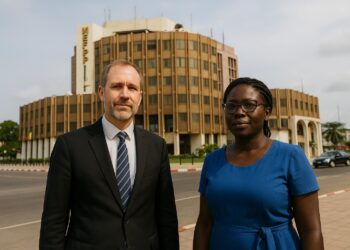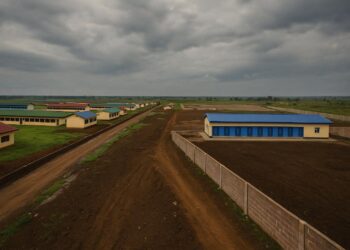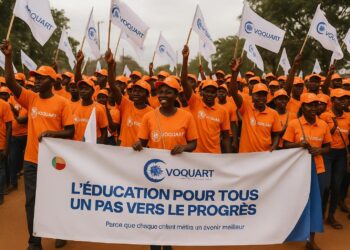Strategic lifeline for Congo River trade
Brazaville’s riverine economy has long revolved around Yoro, a modest port opened in 1944 on the right bank of the Congo River. Eight decades later, the artery that channels roughly 85 percent of the capital’s firewood and cassava is poised for its most ambitious overhaul.
Officials view the site as a strategic hinge connecting domestic producers to Kinshasa’s mega-market and, further downstream, Atlantic gateways. Any bottleneck at Yoro reverberates across Central African supply chains, making the planned modernisation an economic and geopolitical priority for Brazzaville and its regional partners.
Tender launch signals project momentum
The Project Management Unit of the Central Africa Corridors Improvement Programme, better known by its French acronym PRACAC, officially opened the tendering process on 9 September 2025. Representatives of international engineering firms gathered in the capital to scrutinise bid documents and request technical clarifications.
Presiding over the session, Dr Evariste Miakakarila, chief of staff to the Minister for River Economy, stressed transparency and fairness. ‘The Government will ensure a level playing field and compliance with the highest technical, environmental and social benchmarks,’ he told participants, echoing the administration’s infrastructure credo.
Technical blueprint for a 21st-century port
Concept notes distributed by PRACAC outline a phased expansion of quays, dredging of the navigation channel, construction of a modern warehouse park and deployment of a single-window digital cargo tracking system. The objective is to lift throughput capacity from an estimated 300,000 to 700,000 tonnes annually.
Architects envisage new berths dedicated to bulk, container and roll-on/roll-off traffic, cutting vessel waiting time and demurrage fees. Improved road access will integrate the terminal with National Route 2 and the planned inland dry port at Maloukou, easing congestion within Brazzaville’s historic urban core.
Digitalisation sits at the project’s heart. A blockchain-ready port community system, inspired by pilots in Lomé and Abidjan, should give shippers real-time visibility over cargo flows while curtailing paperwork and leakages. PRACAC estimates the digital layer alone could trim logistics costs by up to 15 percent.
Environmental and social stewardship framework
Because the site lies within a densely populated bank of the Congo River, environmental and social safeguards occupy a central place in the tender. Potential contractors must submit impact assessments detailing dredging sediment management, artisanal fishing livelihoods and resettlement options for informal traders operating along the quay.
The World Bank, lead financier of PRACAC, requires adherence to its Environmental and Social Framework, including grievance redress mechanisms and gender-responsive employment plans. Civil-society observers welcomed the disclosure clauses, noting they dovetail with Congo’s updated Law 003-2019 on transparency and sustainable management of natural resources.
Financing stack and risk allocation
Total project cost is preliminarily tagged at 120 million dollars, according to internal briefs seen by analysts. The multilateral tranche would cover design and civil works, while the Government may mobilise concessional lines for digital equipment. A performance-based maintenance contract is also envisaged to protect public finances.
Risk allocation follows a tried-and-tested model: construction risk with the contractor, demand risk mitigated by minimum-traffic guarantees, and foreign-exchange risk partially hedged through Central Bank facilities. ‘Balanced risk sharing keeps capital costs manageable,’ notes Benoît Ngayou, PRACAC coordinator, citing lessons from comparable riverport revamps.
Wider economic and regional integration benefits
Beyond bricks and steel, officials anticipate a domino effect on agribusiness, timber and quarry producers in northern departments. Faster turnaround means fresher cassava on Brazzaville tables and more competitive sawn-wood exports to Cameroon and Gabon, reinforcing Congo’s ambition to become a diversified logistics hub.
Economic planners estimate that the overhaul could create 1,500 direct jobs during construction and 600 permanent port positions thereafter, with multiplier effects across transport services. International Finance Corporation studies suggest every additional million tonnes of river freight yields roughly 0.3 percent of extra GDP in comparable economies.
Regional integration stakes are equally high. The rehabilitated Yoro is expected to dovetail with the Kinshasa–Brazzaville bridge project and the CEMAC single-market agenda, trimming haulage costs between the two Congos by up to 40 percent, according to a World Bank corridor diagnostic released last year.
Timeline, next steps and investor watchpoints
Following the market sounding, PRACAC will issue the final request for proposals in November, aiming for contract award before the end of the fiscal year. Groundbreaking could occur by mid-2026, subject to parliamentary ratification of the loan agreement and completion of river hydrology studies.
Investors are watching tender documents for clarity on dispute-resolution forums, local-content thresholds and tax incentives available under Congo’s 2022 Investment Code. Legal advisers note that the port qualifies for Special Economic Zone status, which carries corporate-tax holidays and expedited customs procedures for eligible operators.
While the timetable is ambitious, stakeholders frame Yoro as a catalyst rather than a gamble. ‘If we miss this window, traffic will continue drifting to Matadi and Pointe-Noire,’ warns a logistics executive. Few in Brazzaville doubt that staying competitive requires anchoring the city to modern river infrastructure.




